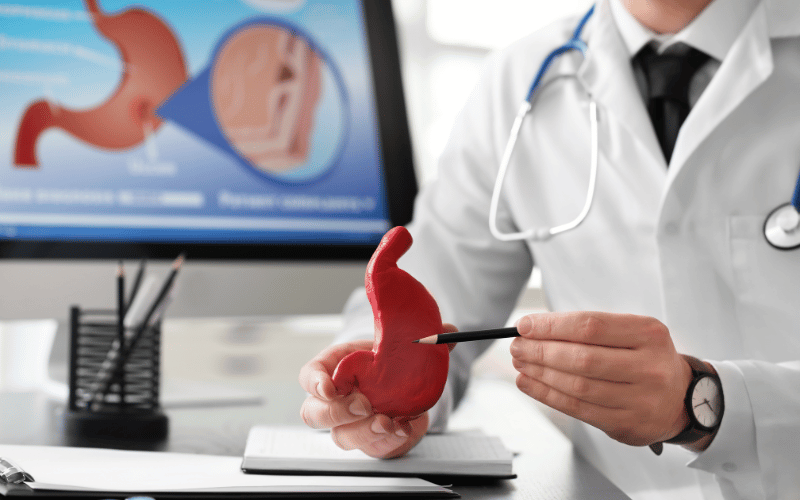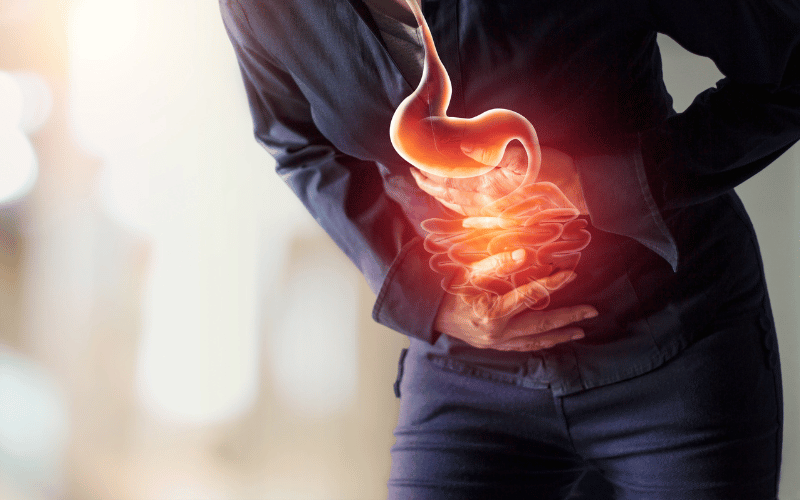Introduction: Understanding Peptic Ulcer Disease
Peptic Ulcer Disease (PUD) might sound like an enigmatic medical term, but it’s something many have encountered, either personally or within their circle. The world has evolved, and with it, our lifestyles have seen rapid changes.

It’s these shifts, in conjunction with genetic and environmental factors, that have made some diseases, like PUD, more prominent. Delving into its details can empower us, arming us with knowledge and awareness.
Did you know that an estimated 4.6 million people are diagnosed with PUD annually in the US alone? Such startling numbers underline the importance of spreading awareness. A deeper comprehension of PUD’s intricacies can aid in its prevention, early diagnosis, and treatment.
Before we embark on a journey exploring the symptoms of PUD, it’s vital to set a clear foundation. In layman’s terms, PUD is characterized by painful sores.
These sores, or ulcers, emerge in the lining of our stomach, the upper part of the small intestine, or the esophagus. Imagine having a wound that’s continuously poked and prodded. An ulcer, in many ways, feels just like that, only it’s inside our bodies.
The genesis of PUD can be traced back to various causes, but one primary culprit is the erosion of the mucosal lining due to the acid present in our stomachs. Think of it like this: our stomach lining is a fortress, and the acid is the invader. Sometimes, the defenses falter, leading to the painful and often debilitating condition we know as PUD.
1. Abdominal Pain: The Foremost Indicator of PUD

Often, the first sign that something’s amiss internally is the discomfort we feel. PUD, true to its nature, makes its presence felt through an intense, burning pain in the abdomen. This sensation usually lies somewhere between the breastbone and the navel.
What’s intriguing is how this pain evolves. For many, it’s most prominent when the stomach is empty, either during the night or between meals.
It’s like a rhythmic, haunting lullaby, one that’s hard to ignore. In some cases, consuming food or antacids can alleviate this pain, but this is merely a temporary reprieve.
Understanding the intensity and nature of this pain is crucial. While it can be mild for some, others describe it as a searing, excruciating torment.
It might last for mere minutes or prolong for several hours. But herein lies a silver lining: consistent abdominal pain is a clear signal, a wake-up call to seek medical intervention.
Furthermore, while this abdominal pain is a signature symptom of PUD, it’s essential to remember that not all such pains are indicative of ulcers. Several other conditions manifest similarly, so accurate diagnosis becomes imperative.(1)